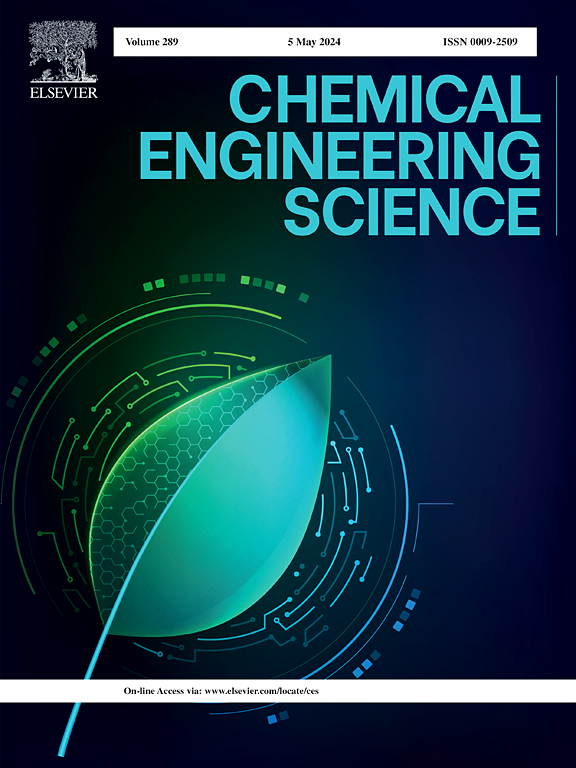考虑流体力学和物理化学现象的表面活性剂溶液中氧传质模型
IF 4.3
2区 工程技术
Q2 ENGINEERING, CHEMICAL
引用次数: 0
摘要
本研究基于对300多个孤立气泡的详尽分析和对表面活性剂存在下发生的界面定植现象的检查,提供了氧转移的预测相关性。通过考虑两个关键方面,即表面活性剂对传质的流体动力学影响和表面活性剂吸附引起的物理化学障碍,得出了这种相关性。虽然这种相关性在污水处理设施中具有很大的应用前景,但迄今为止,它仅用于等效直径(db)小于1.5 mm的气泡以及液相中具有单一表面活性剂的系统。为了利用模型将其整合到污水处理厂,我们的研究努力阐明了将相关性扩展到具有更高雷诺数的气泡的适用性的方法(db >; 1.5 mm)。为此,该研究利用了Sardeing等人(2006)的工作,并证明了其在多种表面活性剂共存的典型情况下的有效性,这些表面活性剂代表了污水处理厂环境中的常见成分。本文章由计算机程序翻译,如有差异,请以英文原文为准。
Modeling oxygen mass transfer in surfactant solutions considering hydrodynamics and physico-chemical phenomena
The present study offers a predictive correlation for oxygen transfer based on the exhaustive analysis of more than 300 isolated gas bubbles and the examination of interfacial colonization phenomena occurring in the presence of surfactants. The correlation is formulated by accounting for two key aspects: the hydrodynamic influence exerted by surfactants on mass transfer and the physico-chemical hindrance caused by surfactant adsorption. While the correlation holds substantial promise for application in wastewater treatment facilities, it has hitherto been exclusively employed for bubbles with an equivalent diameter (db) smaller than 1.5 mm and in systems featuring a singular surfactant species in the liquid phase. With a view to harnessing a model for its integration into wastewater treatment plants, our study endeavors to elucidate the methodology for expanding the applicability of the correlation to bubbles with higher Reynolds numbers (db > 1.5 mm). To this end, the study leverages the work of Sardeing et al. (2006) and demonstrates its effectiveness in scenarios typified by the coexistence of multiple surfactant species, which is representative of common constituents in wastewater treatment plant environments.
求助全文
通过发布文献求助,成功后即可免费获取论文全文。
去求助
来源期刊

Chemical Engineering Science
工程技术-工程:化工
CiteScore
7.50
自引率
8.50%
发文量
1025
审稿时长
50 days
期刊介绍:
Chemical engineering enables the transformation of natural resources and energy into useful products for society. It draws on and applies natural sciences, mathematics and economics, and has developed fundamental engineering science that underpins the discipline.
Chemical Engineering Science (CES) has been publishing papers on the fundamentals of chemical engineering since 1951. CES is the platform where the most significant advances in the discipline have ever since been published. Chemical Engineering Science has accompanied and sustained chemical engineering through its development into the vibrant and broad scientific discipline it is today.
 求助内容:
求助内容: 应助结果提醒方式:
应助结果提醒方式:


